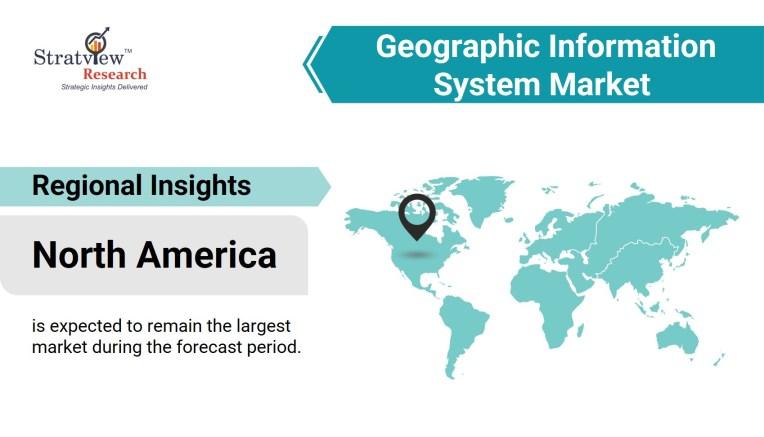The world of analytics is evolving, and one technology stands at the forefront of this transformation: Geographic Information Systems (GIS). GIS isn't just about maps; it's a gateway to a new era of data-driven decision-making and problem-solving.
The Geographic Information System Market was estimated at US$ 10.91 billion in 2022 and is expected to grow at a healthy CAGR of 12.4% during 2023-2028 to reach US$ 22.11 billion in 2028.
Let's explore how GIS is expanding the horizons of analytics.
- Spatial Analysis: GIS allows analysts to examine data in a spatial context, revealing hidden patterns and relationships. Whether it's studying customer behavior, disease spread, or supply chain optimization, spatial analysis provides valuable insights.
- Real-Time Data: With the integration of real-time data streams, GIS offers a dynamic perspective. Monitoring vehicle fleets, weather conditions, or social media trends in real-time can guide quick and informed actions.
- Predictive Analytics: GIS is a powerful tool for predictive modeling. By layering historical data, current conditions, and external factors, it can forecast future trends, be it for retail sales, traffic congestion, or environmental changes.
- Location-Based Services: Mobile apps and services use GIS to deliver location-specific content and experiences. From navigation and augmented reality to location-based marketing, GIS enhances user engagement.
- Environmental Monitoring: GIS aids in environmental analytics by tracking pollution, deforestation, and climate change. It's instrumental in shaping sustainable policies and practices.
- Market Insights: Retailers utilize GIS to optimize store locations, understand customer demographics, and conduct competitive analyses. It's a game-changer for targeted marketing and expansion strategies.
As GIS technologies advance, the boundaries of analytics are expanding. The ability to analyze and visualize data in a geographic context offers new perspectives and insights. By integrating spatial data into analytics, organizations can make more informed decisions, drive efficiency, and uncover opportunities that were once hidden.
Request Free Sample: https://www.stratviewresearch.com/Request-Sample/1099/geographic-information-system-market.html#form
Key Players
Some of the major suppliers of geographic information systems are-
Environmental Systems Research Institute, Inc., Hexagon AB, Pitney Bowes Inc., Autodesk Inc., Trimble Inc., Topcon Corporation, Hi-Target Surveying Instrument Co. Ltd., Bentley Systems Inc., Caliper Corporation, Computer Aided Development Corporation Ltd., SuperMap Software Co., Harris Corporation, and Maxar Technologies Inc.
Regional Analysis
In terms of regions, North America is estimated to be the largest market for geographic information systems during the forecast period. Significant demand from the various end-use industries and the presence of major players in the region are the major factors behind the dominance of the region in the global geographic information system market. Asia-Pacific is estimated to portray the highest growth during the forecast period. China, Japan, South Korea, and India are the driving forces of the region’s market.
Conclusion
GIS is unlocking unlimited horizons for analytics. It's not only enhancing traditional data analysis but also opening up new possibilities for understanding our world. The future of analytics is spatial, dynamic, and data-driven, and it's a future where GIS plays a pivotal role.
To get more insights into the market click on the free sample-
https://www.stratviewresearch.com/Request-Sample/1099/geographic-information-system-market.html#form
